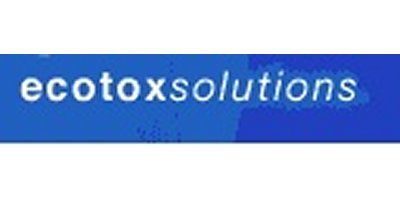

- Home
- Companies
- ecotox solutions
- Services
- Testing Endocrine Active Substances ...
Testing Endocrine Active Substances Services
Gonadal growth and maintenance are also known to be under endocrine control. Altered gonadal development was observed as a response to endocrine active substances, such as retarded and premature ovarian development, feminisation or masculinisation, sex change and ovotestis, i.e. the presence of egg cells in the testis or of testicular tissue in the ovary.
For these reasons, OECD and EPA are developing new Guidelines for the testing of endocrine active substances. Three species have been selected for the ongoing validation of the 21 day fish screening assay, fathead minnow (Pimephales promelas), zebrafish (Danio rerio) and Japanese medaka (Oryzias latipes). As specific endpoints for endocrine active substances, the level of vitellogenin is measured in the blood plasma of the fish or in the liver and secondary sexual characteristics are assessed. In addition, the gonads are evaluated histologically for alterations comparable to those observed in the environment. The endpoint gonado-somatic index (GSI, relative weight of gonads) yielded no significant effects in the first phase of the validation when fish were exposed to strong estrogens and androgens. Therefore, GSI will no longer be used as an endpoint during the second phase when weakly endocrine active substances will be tested.
ecotox solutions as a member of the OECD/EPA-expert meetings has first hand information on the latest state of development of these Guidelines. We also have practical experience in conducting such tests. For these reasons, we offer support for the conduct of these studies, e.g. for the organisation of the test material, the vitellogenin standard etc. in the context of the validation of the assay. ecotox solutions also offers support for the practical performance of the test, the sampling of blood or the measurement of the vitellogenin.
